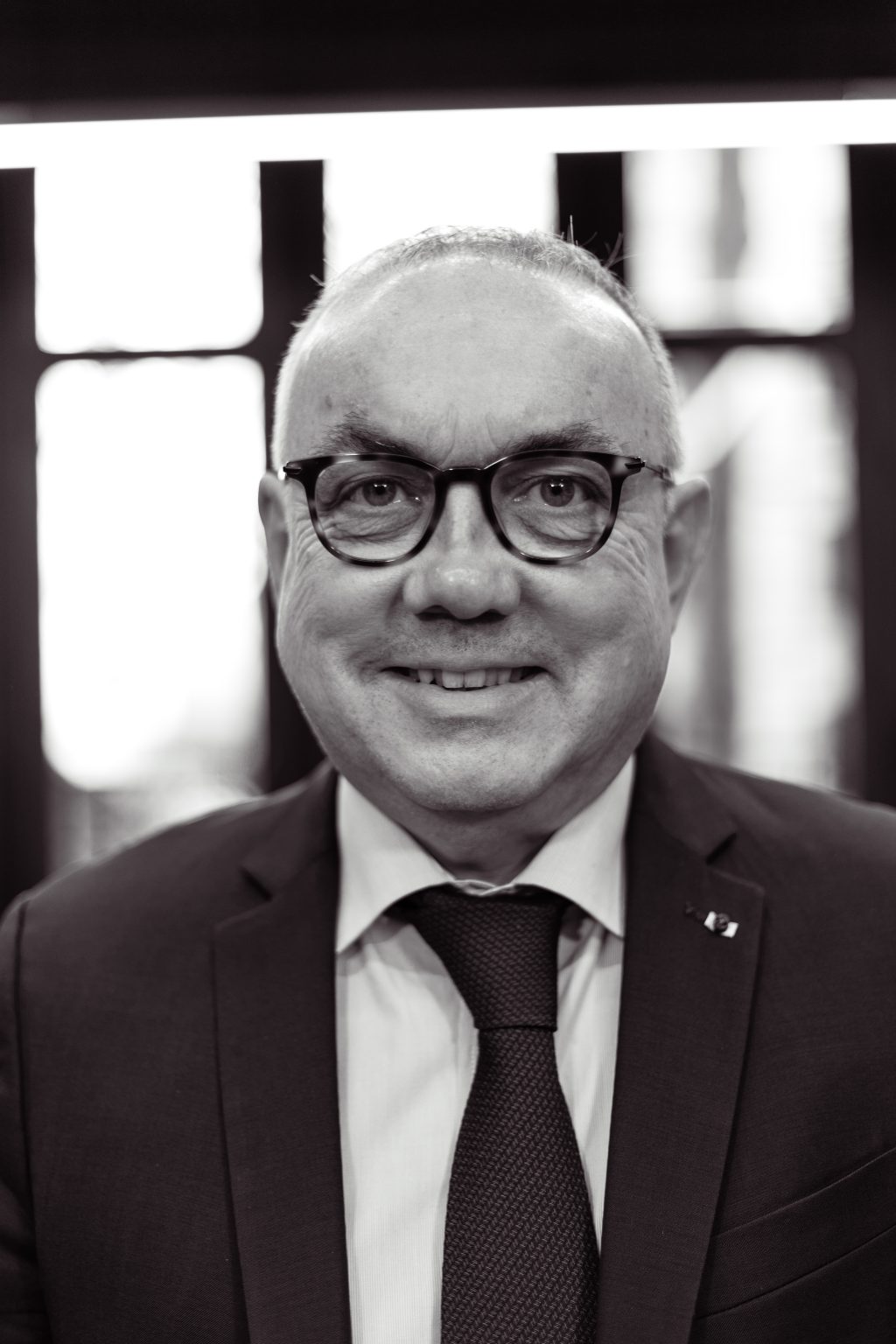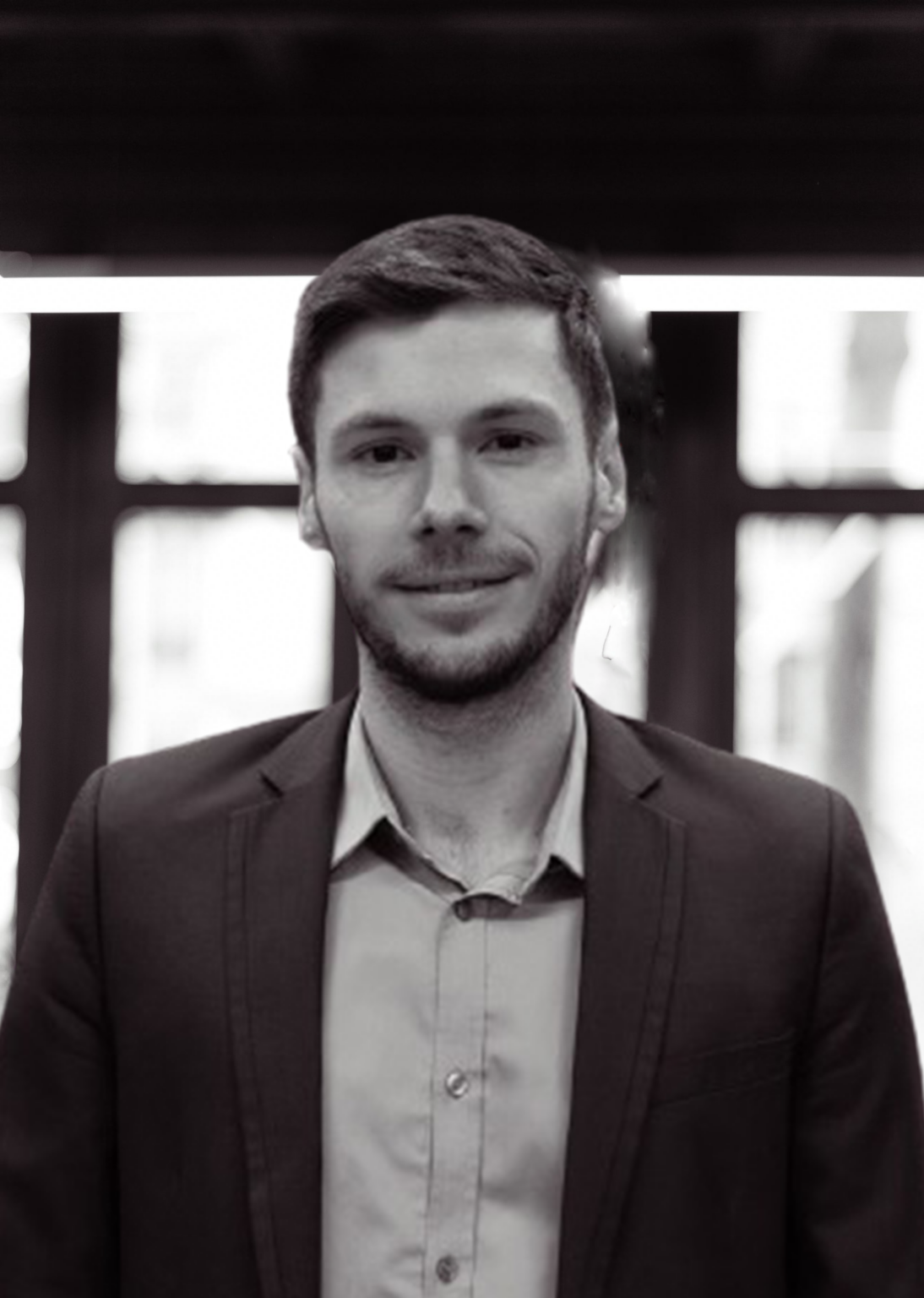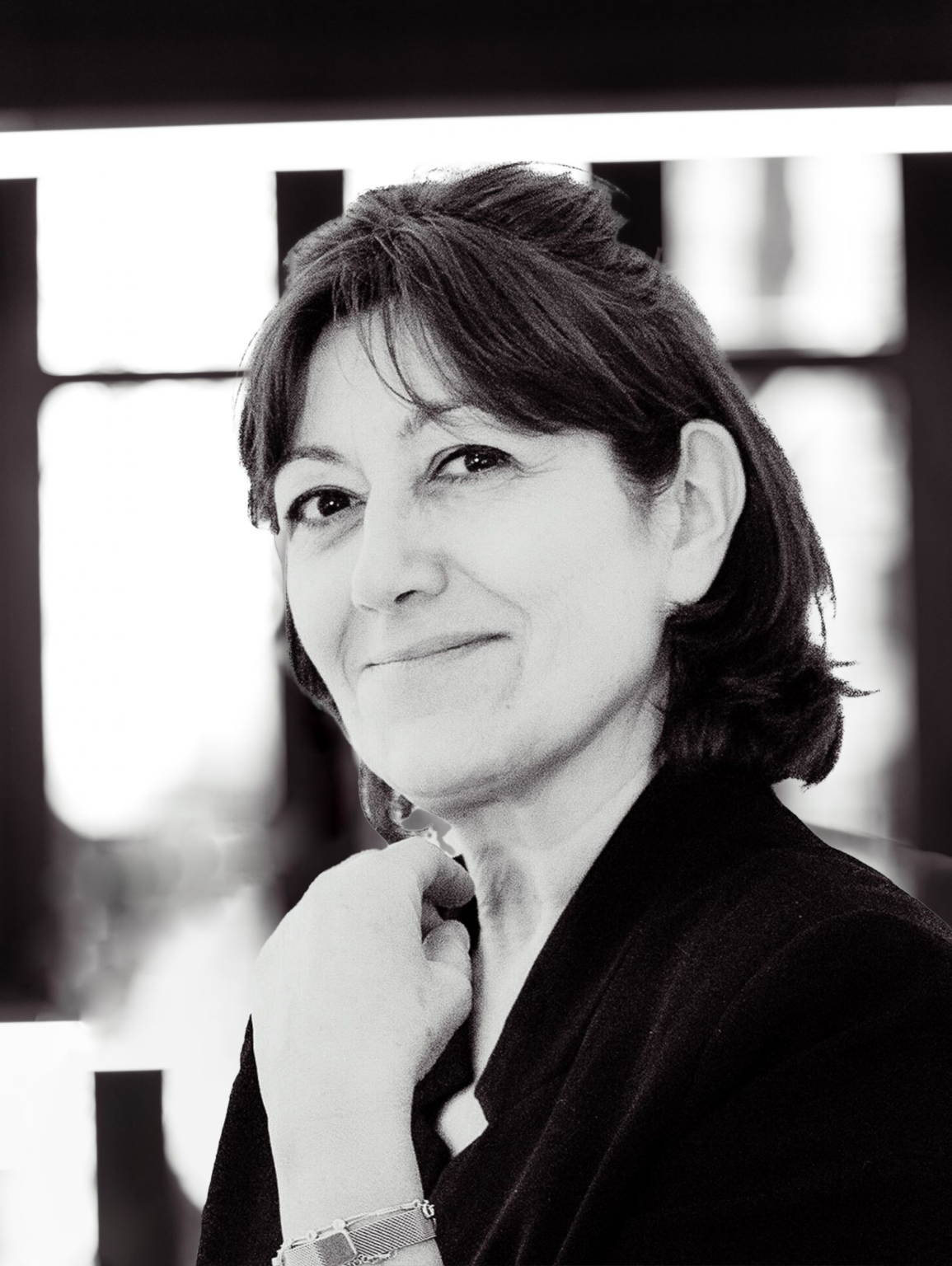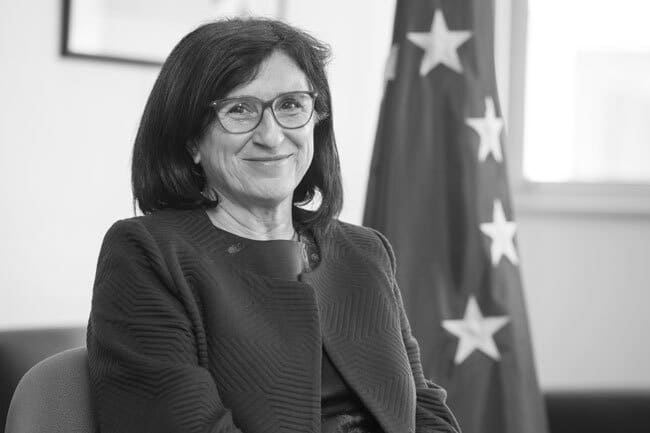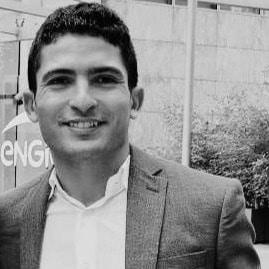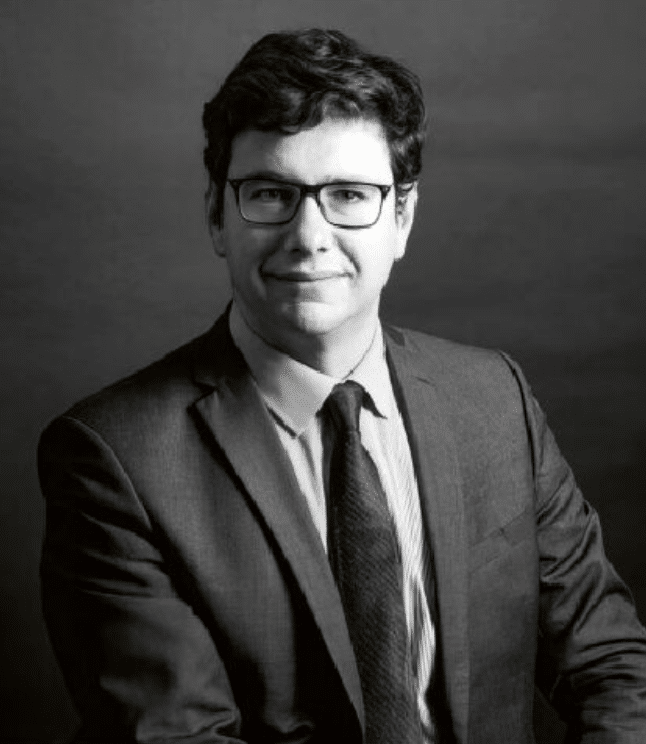Dr. Catherine WIHTOL DE WENDEN
Director of Research Emeritus at CNRS, researcher for CERI (Centre for International Studies and Research at Sciences Po Paris)
The issue of immigration and refugee flows is a highly sensitive topic, while long being one of the most unfounded. It is important to remember that Europe attracts more flows than any other destination in the world. It managed 625,000 asylum applications in 2014 and 1.2 million in 2015, compared with between 200 to 400,000 per year on average in previous years. A reality that European countries and public opinion find very difficult to accept, and that has resulted in an important paradox.
Europe currently depends on migration for demographic and economic reasons, and has also signed a number of international conventions on human rights: right of asylum, right to family reunification, convention on the rights of the child, etc. At the same time, Europe is seeing a rise in far-right parties that is threatening the reception of migrants. Another paradox: all European countries now operate under a free-market economy, while opting at the same time for a very security-based approach to managing migrant population flows.
STRUCTURAL IMMIGRATION
We must not forget the geographical Euro- Mediterranean context. Because most European migrants come from the southern shores of the Mediterranean, with barely one third coming from other EU countries. These are often long-established flows, shaped by history, by the transnational networks developed by migrants, and by a whole series of migratory practices dating back to the time when Europe encouraged “mass” immigration. We speak of a crisis, but is this really the case? A migration crisis? Or a refugee crisis? I believe we must put the term into perspective since Europe has experienced several migration crises, including at the end of the 19th century in France and in the 1930s. Migration peaked during the Algerian crisis too. And the Yugoslav crisis also resulted in substantial flows, in particular to Germany. We are currently facing a crisis of integration, of migrant incorporation. Europe has often considered immigration to be cyclical, but today it is structural on account of strong global trends. Migrant influx is no new phenomenon. Europe has witnessed different peaks, for example when 2 the Iron Curtain fell, which brought 500,000 asylum requests a year. Even then, German was by far the number one host country, and received 438,000 migrants in 1992. Today, asylum policy has been Europeanised around new concepts making it more difficult to acquire refugee status, combined with “safe country”, “safe third country” and manifestly unfounded application criteria.
SUCCESSIVE CRISIS
The fact that most immigrants are welcomed into just a few countries is not new either. For a long time, the four host countries were France, the United Kingdom, Sweden and Germany. Today the cards have been reshuffled, because in addition to processing asylum requests, arrivals must be managed. Aside from Turkey, most of today’s flows arrive in two countries: Greece and Italy. Another important point is that these crises have come one after the other. First came the Arab Spring, which did not cause a massive influx of migrants despite the general unrest, partly because most Libyans went to Tunisia. Let’s not forget that two thirds of asylum seekers are welcomed by the southern countries. Then there was the Syrian crisis, a delayed effect of the Arab revolutions rather than the result of involvement by external forces in for example Afghanistan and Iraq. We have no idea how long it will last or when the Syrians will be able to return home. How long the current crisis will last is very uncertain. European responses vary greatly from country to country. On the one hand there is Germany, which has set itself apart as a major host country along with a few other countries, including Sweden, and on the other there are the Eastern European countries which are at loggerheads with Brussels over resettlement policies. As a result, European consensus on the matter is very fragile, and the very real problem of introducing a European asylum policy remains unresolved. This is accompanied by a general desire to control and deter newcomers.
FEAR OF PUBLIC OPINION
Calais was a particularly sensitive subject in France. It illustrated not only the fact that these are “mixed flows”, but also the fact that the United Kingdom is not part of Schengen and that some migrants with a right of asylum should have been managed within the scope of the Dublin Regulation, also widely called into question (one stop-shop). The agreement with Turkey in March 2016 also contributed to a sort of headlong rush in the search for border guards outside Europe, like Europe with Libya in times past. The EU is currently leading the project to conclude an agreement with Libya despite the country being without a government. Faced with today’s migration flows, the security-based option still appears to be the norm in Europe. Solutions do exist, however, for overcoming the refugee influx crisis. They include the application of the 2001 Temporary Protection Directive and the inclusion of labour migration to prevent “mixed flows” from being addressed as asylum applications. But they are not put forward due to fear of public opinion, which is already sensitive as demonstrated by the ripple of unease that met the possible welcoming of more asylum seekers.

